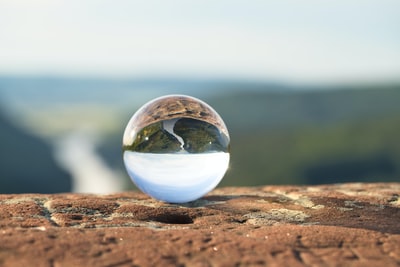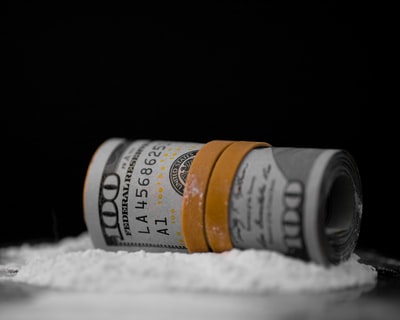 The cells, tissues and organs which are found within both animals and plants are designed to take in and get rid of particular dissolved substances. This rate of transfer can be affected by a number of conditions. In order for this transfer to even take place energy is sometimes required.
The cells, tissues and organs which are found within both animals and plants are designed to take in and get rid of particular dissolved substances. This rate of transfer can be affected by a number of conditions. In order for this transfer to even take place energy is sometimes required.
By the end of this section you should understand:
- the development and use of artificial aids to breathing including artificial ventilators
- about different claims made by manufacturer’s concerning sport’s drinks
- the different conditions that affect the amount of water lost in plants
——————————————————
Dissolved substances
In order for a substance to enter or leave a cell it needs to move through the cell membrane. There are two main ways in which it can do this.
Diffusion

Active transport
However, sometimes particles need to move against a concentration gradient so that particles can move from a low concentration to a high one. This form of transport requires energy from respiration and is called active transport. It allows cells to take up ions found in dilute solutions.
——————————————————
Osmosis
Osmosis is the process of water moving across a membrane. It uses the same principles as diffusion in that water moves from an area of high concentration to an area of low concentration down a concentration gradient. Water molecules are able to move across a partially permeable membrane (a membrane that only lets certain particles through) until the concentration of water is the same on both sides.
The difference in water concentration inside and outside a cell will cause water to move. Osmosis is very important in plants and they use it to take up water through their roots and into their cells.
NOTE: You don’t need to know the terms turgor and plasmolysis.
——————————————————
Dissolved substances
Sports drinks
Many soft drinks contain a mixture of water, sugar and ions. Sports drinks in particular contain a high amount of glucose (sugar) to help replace what is lost during exercise.
The water and ions (like sodium and potassium) are to replace those lost during sweating. If these aren’t replaced then the ion/water balance in the body is disturbed and cells are no longer able to function efficiently.
There are two main types of sports drink available:
- Isotonic sports drinks: these contain the same concentration of ions as found in the body fluids and ensure that glucose can be taken up quickly.
- Hypotonic ports drinks: these contain a lower concentration of ions than in body fluids and so water is taken up quickly by osmosis.
